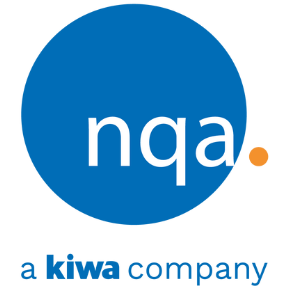Opening Meeting: More Than Just a Cuppa and a Chat
The opening meeting is your golden opportunity to set the tone, clear up any confusion, and make sure everyone’s on the same page before things get serious. And yes, there’s even a checklist (the golden checklist, if you will) to keep us all on track.
According to ISO/IEC 17021, Clause 9.4.2, your opening meeting should cover these essential points – call it ‘golden checklist’ if you like:
-
Introduction of the participants, including an outline of their roles
-
Confirmation of the scope of certification
-
Confirmation of the audit plan (including type and scope of audit, objectives and criteria), any
-
changes, and other relevant arrangements with the client, such as the date and time for the closing
-
meeting, interim meetings between the audit team and the client’s management;
-
confirmation of formal communication channels between the audit team and the client;
-
confirmation that the resources and facilities needed by the audit team are available;
-
confirmation of matters relating to confidentiality;
-
confirmation of relevant work safety, emergency and security procedures for the audit team;
-
confirmation of the availability, roles and identities of any guides and observers;
-
the method of reporting, including any grading of audit findings;
-
information about the conditions under which the audit may be prematurely terminated;
-
confirmation that the audit team leader and audit team representing the certification body is
-
responsible for the audit and shall be in control of executing the audit plan including audit activities
-
and audit trails;
-
confirmation of the status of findings of the previous review or audit, if applicable;
-
methods and procedures to be used to conduct the audit based on sampling;
-
confirmation of the language to be used during the audit;
-
confirmation that, during the audit, the client will be kept informed of audit progress and any concerns;
-
opportunity for the client to ask questions.
(Yes, it’s more than just ticking boxes—it’s making sure no one’s in the dark.)
So, why bother covering all of this?
Because a lot can happen in 365 days. That’s a whole year of new orders, new hires, updated systems, a few complaints (hopefully not too many), and a thousand emails later—things will have changed. People might not remember every audit detail from last year, and that’s perfectly normal.
But more importantly—it’s about people. The clients, you’re talking to, have jobs, responsibilities, stress, deadlines… even lunch to think about. They may have forgotten what a minor or major nonconformity is, or what’s included in the audit plan.
So as an auditor, take the pressure off yourself: follow the script.
Stick to the opening meeting ‘golden checklist’ your friendly guide, as per ISO 17021-1:2015, Clause ‘9.4.2 Conducting the opening meeting’, and you’ll be in safe hands.
Why does it matter?
Because when you do it right:
• The client feels informed and relaxed (well, relatively relaxed)
• You avoid misunderstandings or complaints about how things were explained, or missed from opening meeting
• And yes—UKAS will be happy too!
So no, it’s not just a quick hello and off we go. The opening meeting is your foundation. Get it right, and the whole audit will go more smoothly—for everyone involved.
Now… you can still have that cuppa. Just don’t skip the ‘golden checklist’.
Ilona Donohoe, NQA
